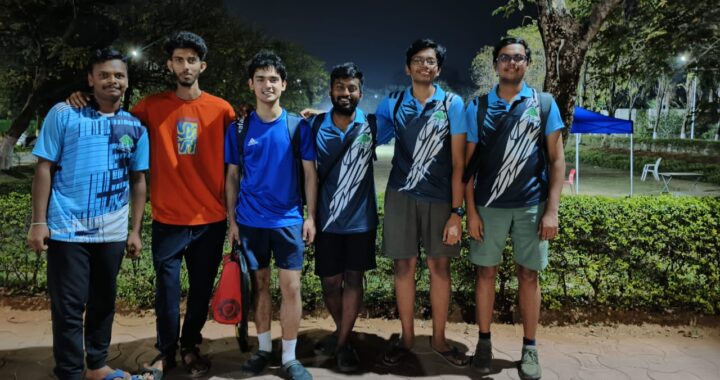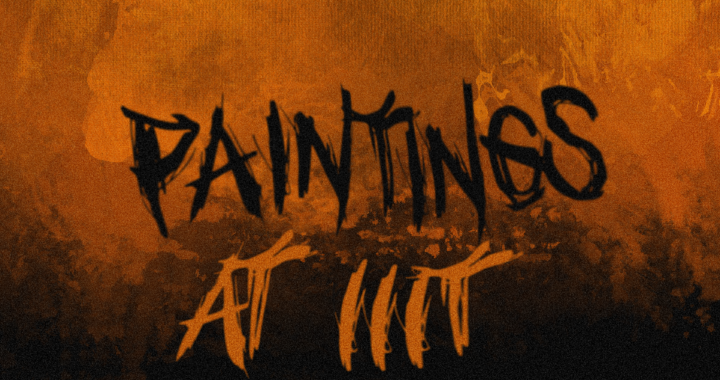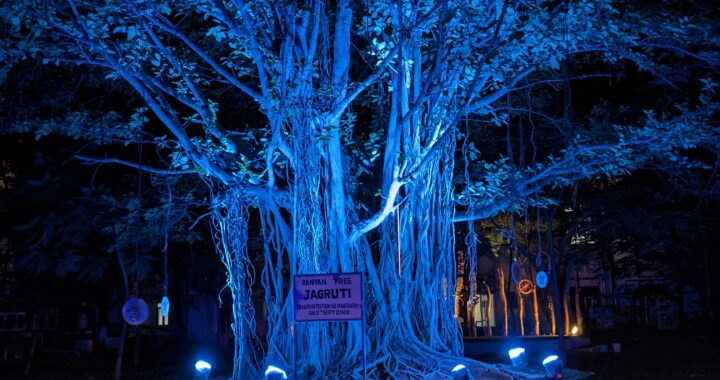Kites
I hail from Mhow, a small town 22 km’s from Indore in M.P. We mhowwaalas have a bad habit (and no I’m not talking about our well-known love for our poha, jalebi and samosa) which is that we tend to take our festivals too seriously. Big or a small festival, our enthusiasm and the splendor of our celebrations is unparalleled. Couple that I’m a mhowwaala with the fact that I live in a marketplace and you get an explosive amalgam of energy, fun and frenzy (albeit a little annoyance too). There will be a series of LEDs, forming a canopy of sorts above you, lighting on and off in sync. Then you’ll have the noisy loudspeakers positioned near the crossroads so as to extend their ‘notes’ to all the four corners. Combine the two and voila, we have our humble miniature version of ‘A Symphony of Lights’.Take our Makar Sankranti celebrations as an example. It would take you a moment or two to spot the blue of sky amidst the multitudinous red, green and yellow of the kites as they flirt with the air, dance with it, soar high and tease the ones that fail to catch up. Beneath the sky, on the terrace, the atmosphere is no less playful (even a little warlike at times).
The battlefield is all set with a dozen or more kites piled up, the manjha forming an interweaving treacherous net and the loudspeakers set up to play our popular song as the war anthem. The kite is flung over the balustrade and we pull the string hoping the wind will pick it up. Meanwhile, the opposition on the neighbouring terrace looks at us with a menacing glee as their kite is already high in the air. We increase the volume of our loudspeaker, bellow into the newly arrived gust of wind and pull the string. We loosen our grip on the string, let it unroll and behold! Our kite’s in the air, flying proudly. But it’s not over yet… the two kites are perilously close now. The smiles vanish… there is a furious intensity on our faces as we manoeuvre our kite to the left and to the right of the other one, pulling at it, steering it and then we jerk it towards us… landing the final blow. ‘Kaataaaa Haiiiii’ , we yell as our neighbour’s kite flows with the wind, uncontrolled. Somewhere, we are sure that someone must be gauging the wind speed so as to determine where the kite would fall. We savour our small victory with a ‘tilli ka laddoo’. But we know that there are still plenty of kites in the air that remain to be cut. The battle is not over.
When you have experienced vigour such as this, it is difficult to be satiated by anything less. And when you are a mhowwaala, you approach any other celebration outside of Mhow with doubt. Now that I’m in IIIT, I could not help but compare the celebration here with the one I used to have.
Makar Sankranti was celebrated in IIIT-H on the 15th of January at football ground. Though it remains arguable what would be a more befitting description, a celebration or a get-a-kite-if-you-can challenge. The swarm of kites, tilli ke laddoo and the shouts of Kaata Hai were all too conspicuous… but by their absence.
And yet… all those who were present there were having fun. You could sense it (not if you had the perspective of a ‘paranoid android’ though). Five friends were sharing a single kite, each mocking the other’s skills but performing even worse on his turn. Everyone was busier pulling their friend’s leg than they were busy pulling the string of their kite. There was kite-stealing in IIIT too, only here people did not wait for the kite to fall from the sky but they snatched it out of their friend’s hands. The onlookers laughed and the two friends laughed as one chased the other asking for his kite back. There was swearing when one lost the kite the other had got into the sky with great difficulty. There were pats on the back as one managed to finally get the kite into the air. But most importantly, there was love, highlighted by the joys a festival brings.
This Makar Sankranti, I learned something – It isn’t always about maintaining your kite in the air for longest. Sometimes it is merely about getting it up there.
– Nikhar Agrawal (UG1)

 The Mess-y Situation
The Mess-y Situation  Ping! merges with Blogs@IIIT
Ping! merges with Blogs@IIIT  Cricket Corner: Looking Ahead to the Border-Gavaskar Trophy (Pt III)
Cricket Corner: Looking Ahead to the Border-Gavaskar Trophy (Pt III)  A perspective on sports in IIIT
A perspective on sports in IIIT  Paintings of IIIT
Paintings of IIIT  The Tale of Jagruti
The Tale of Jagruti  Cleaning up the Mess?
Cleaning up the Mess?